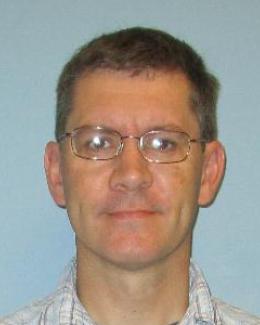Abstract
Attenuation-based neutron computed tomography (CT) has been used to non-destructively characterize the uncoated tristructural-isotropic (TRISO) nuclear fuel kernels in this work. Particularly, the effect of two different types of carbon blacks (Raven 3500 and Mogul L) on the internal gelation process of UO3-C kernels has been investigated. With 3D reconstructed kernel volumes and digital imaging processing techniques, heterogenous density distributions are mapped in both types of kernels. It is found that the kernels produced with Mogul L are ∼ 20 % denser and ∼ 10 % larger (in equivalent diameter) than the Raven 3500 kernels. Furthermore, less neutron attenuating regions, which are most likely to be carbon agglomerates as scanning electron microscopy (SEM) and energy-dispersive X-ray spectroscopy (EDS) results show, are observed in the Mogul L kernels. The size distribution of such carbon agglomerates (ranges from 50 μm to 850 μm with a peak at ∼ 200 μm) has been determined by analyzing the CT data. Furthermore, multiple metrics, including equivalent diameter, surface area, volume, sphericity, have been extracted to evaluate the fuel kernels. This work demonstrates that neutron imaging is an excellent, nondestructive tool to efficiently characterize, understand, and explore fuel materials for nuclear material research and development.







